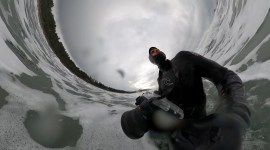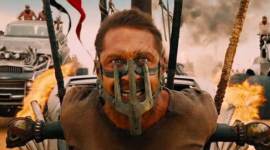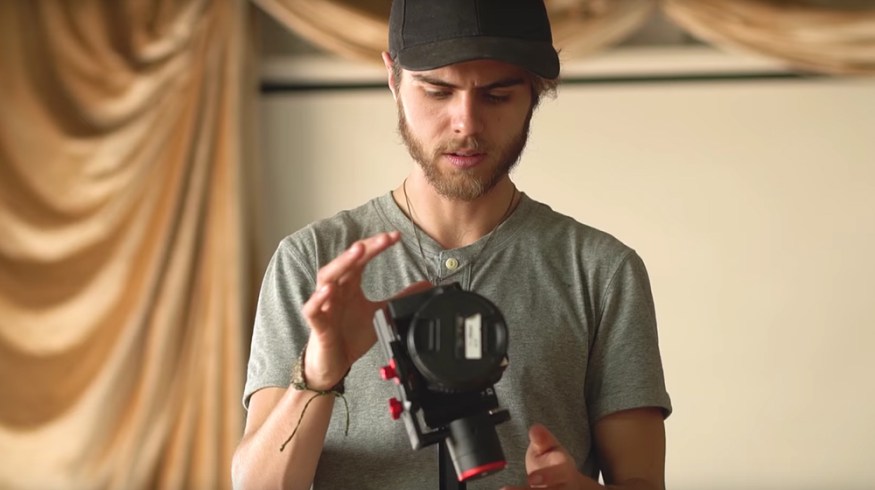
Video Tutorial: The Best Lenses for Gimbal Cinematography
When it comes to gimbal cinematography, which lenses should you use for which shots? Learn to cover all your bases in this video tutorial.
There is a variety of shots you can capture using a gimbal, and different lens choices yield different results. So which lenses should you use?
Below, I’ve listed my top three go-to lenses for gimbal cinematography — with a note about cost. You’ll find that each lens serves a completely different purpose based on what you’re capturing. Let’s take a look.
Establish the Space with a Wide Angle
A 16-35 Canon or Sony wide angle lens is a great focal length for capturing grand establishing shots. This is perfect for event coverage or travel videography that requires developing a sense of scope.
Canon (expensive)
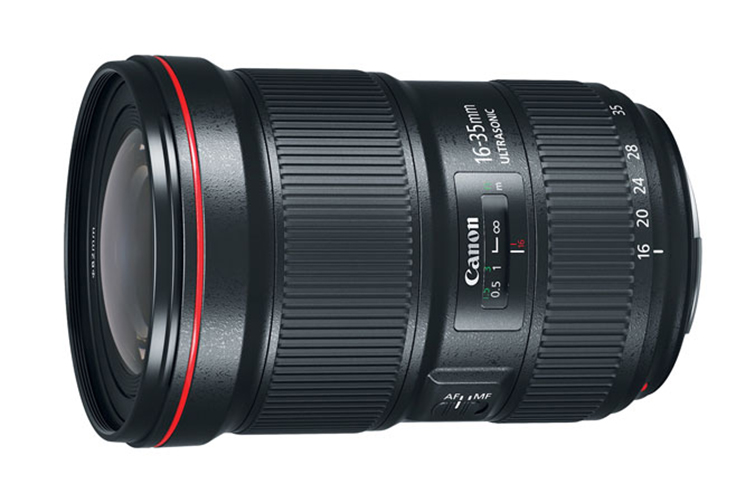
Image via Canon.
Sony (expensive)

Image via Sony.
Tokina (Cheap)
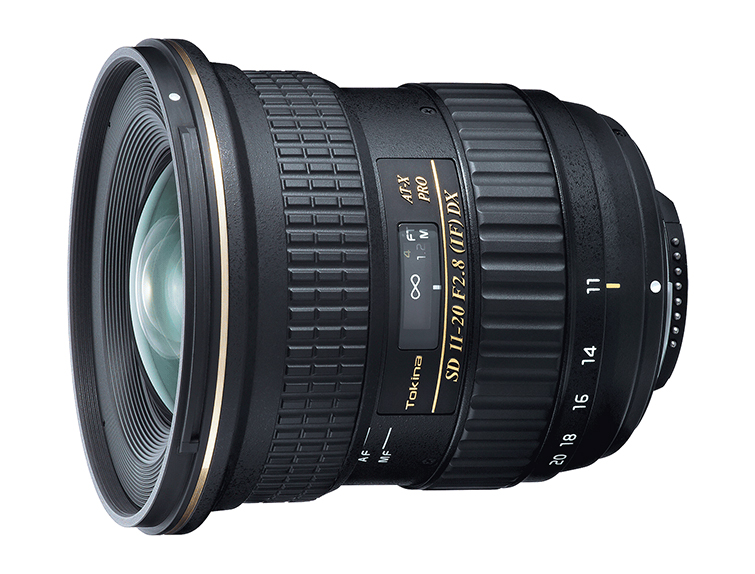
Image via Tokina.
Versatility in Your Tool Kit
My favorite go-to lens for gimbal work is my 18-105 G Series lens. This is perfect for run-and-gun filmmaking. If I need a wide shot, I can zoom out to a wide 18mm. Or, on the opposite end, I can zoom in and capture close details on a 70-105mm. Filming with a longer focal length on a gimbal creates some beautiful movement in the frame. Since you’re condensing the shot with more detail in the background and foreground, the gimbal movement becomes much more dynamic.
Sony
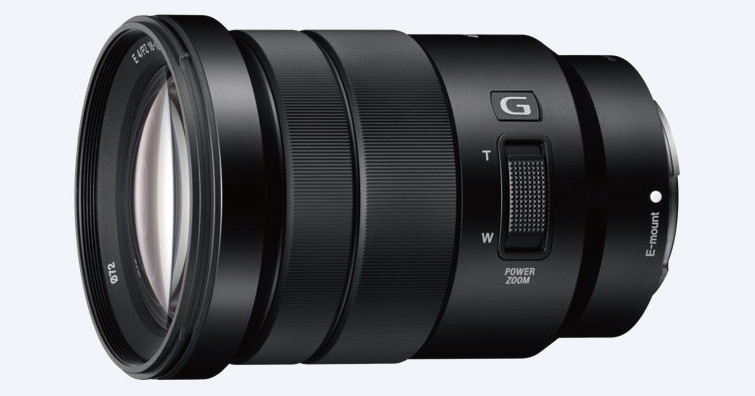
Image via Sony.
Canon
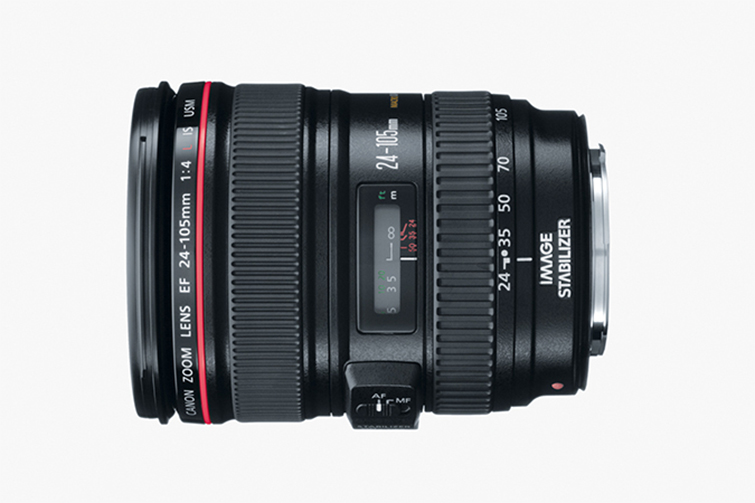
Image via Canon.
Get Nifty with a 50:
Using a 50mm portrait lens is also a great way to get cinematic coverage. If you don’t have follow-focus capabilities, just monitor the distance between your camera and your subject.
Canon
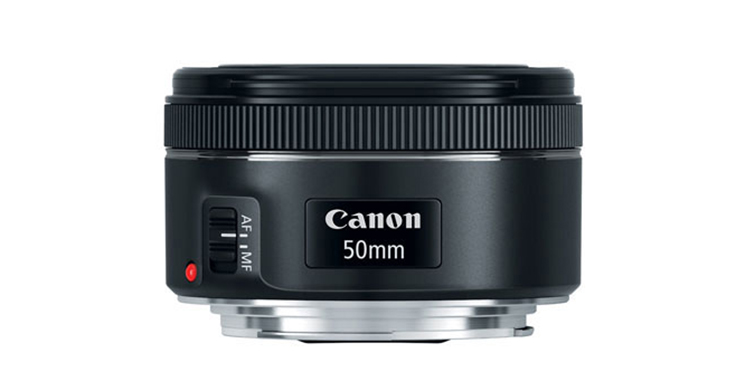
Image via Canon.
Sony
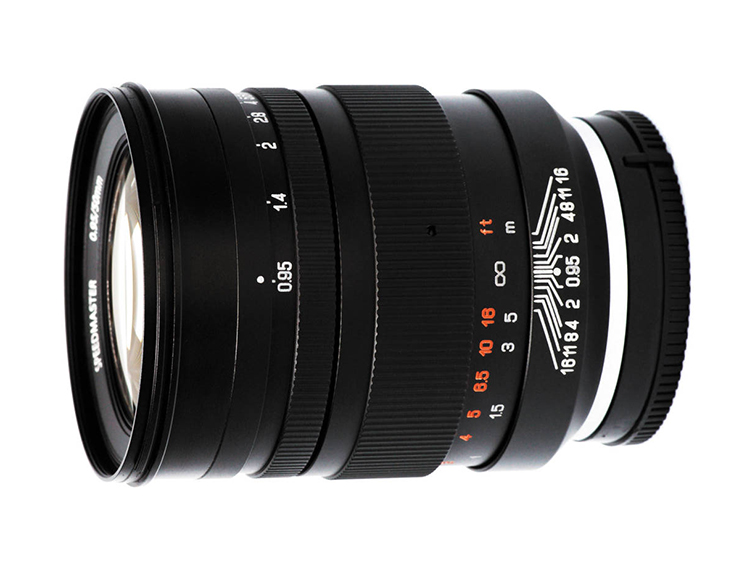
Image via Zy Optics.
Looking for more video tutorials? Check these out.



